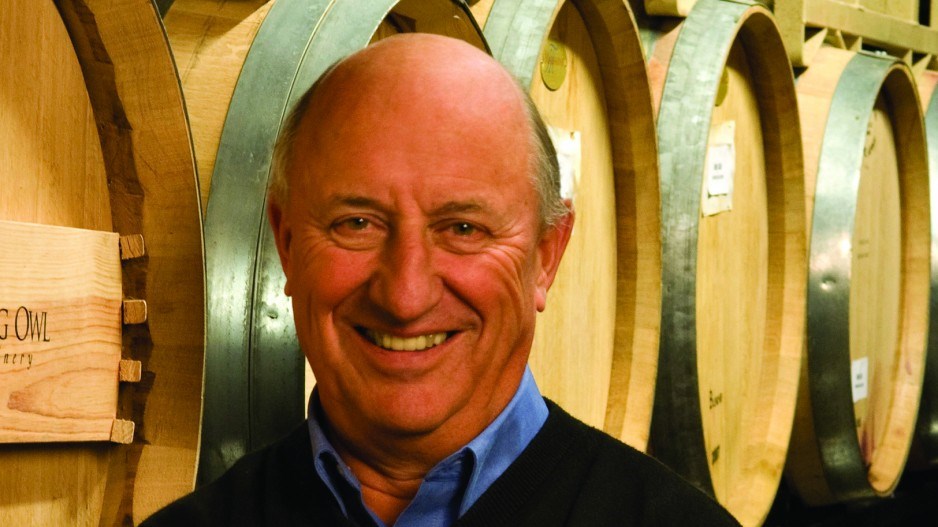In the early 1990s, Jim Wyse was working in the real estate development business in Vancouver when he travelled to Vernon to work on a project.
The trip led to Wyse and his wife purchasing a 100-acre vineyard in 1993. Wyse admits he knew more about wine drinking than winemaking at the time, but he happened into the business at a fortuitous time.
Canada’s newly signed free trade agreement with the United States had pushed the industry to grow a higher-quality grape than Canadian vineyards had previously produced. Convinced that the variety would never be successfully grown in Canada, many Okanagan vineyard owners were selling – at rock-bottom prices.
Today, Burrowing Own Estate Winery includes the vineyard, a restaurant and an award-winning winery. It employs around 43 full-time staff.
But even though Wyse was lucky, he also depended on good advice from experienced people in the wine-growing sector to guide him through some of those early decisions, which came with a lot of risk.
Wyse credits two growers he worked with to re-establish the vineyard with the high-quality grapes B.C. vineyards are now known for.
He also worked with experienced vineyard managers to get the business up and running without running out of cash in the interim. Wyse emphasized that it was also important to thoroughly research the industry and have a good understanding of “the whole spreadsheet.”
“The problem with growing grapes is it takes several years to get your grape production up,” Wyse said. “You have to plan five, seven years in advance and make sure you have enough cash while you’re waiting for [the plants] to mature.”
On taking short cuts | “In the Okanagan you have to put a separate root [on the plants], it’s a grafted plant, and we thought we could get away without doing that extra step and it’s a bit expensive. We only did grafted plants for about half the vineyard and ultimately we had to replant half the other half. It was a mistake, but it was a learning experience.”




